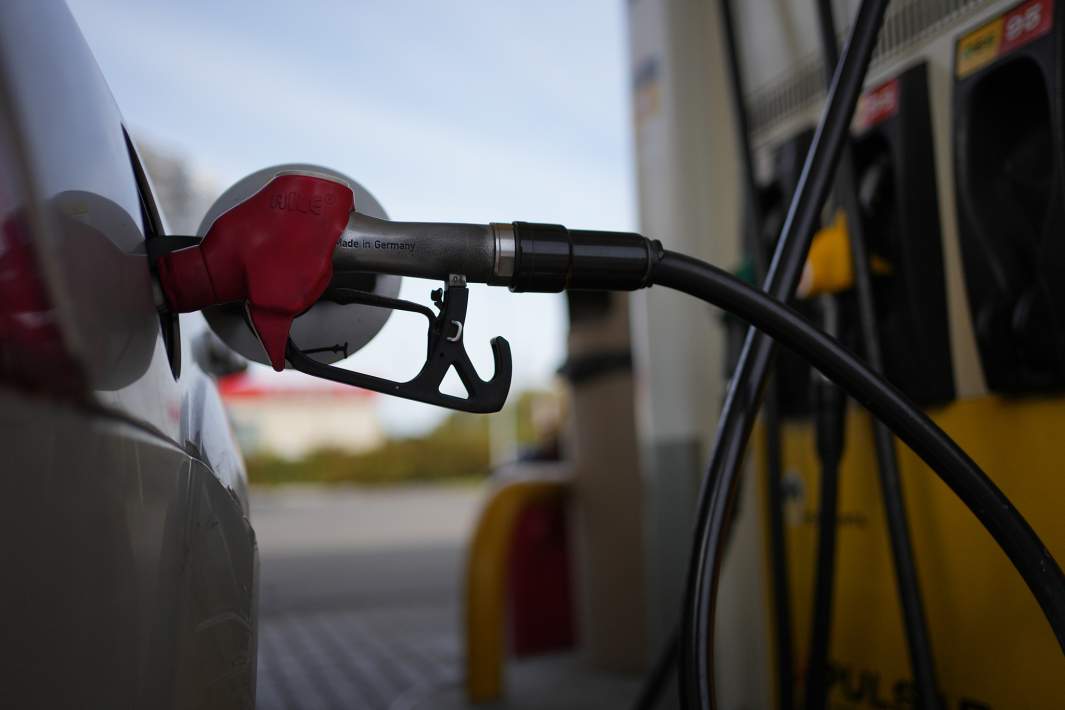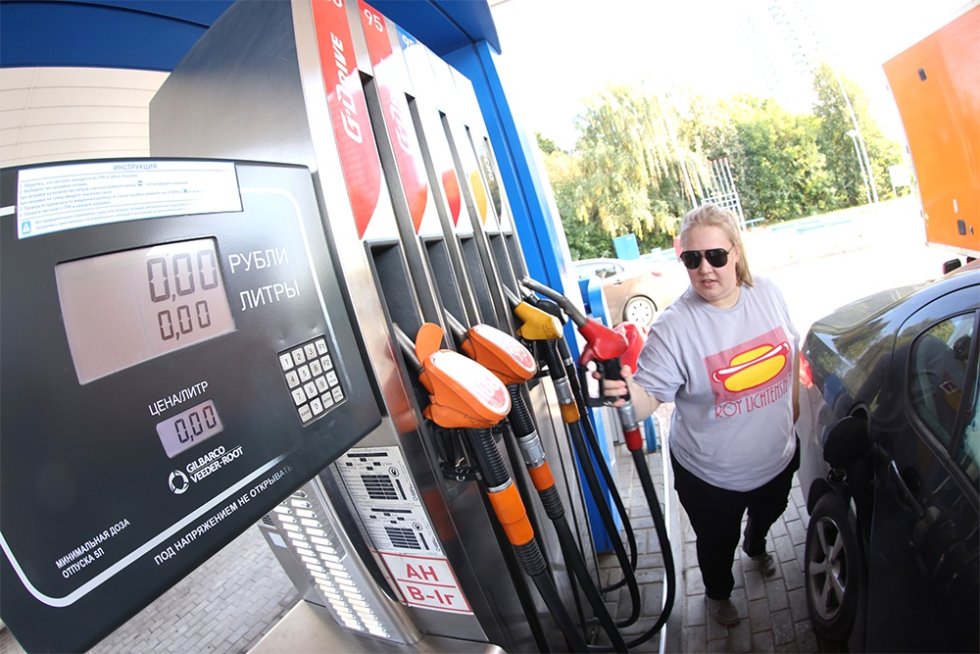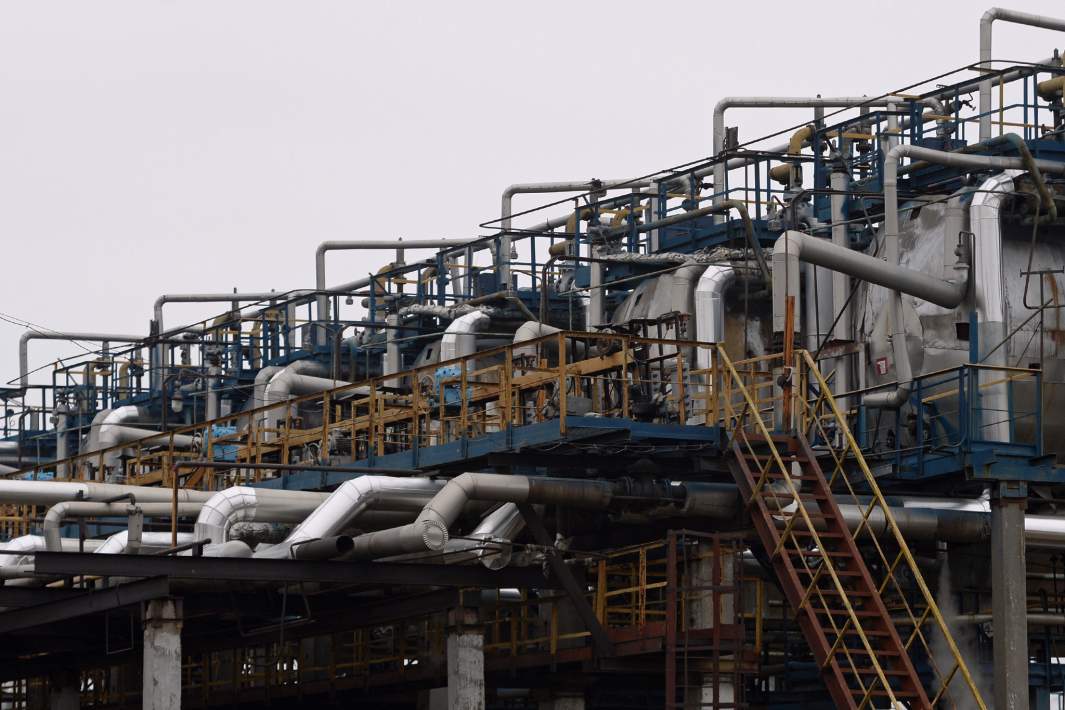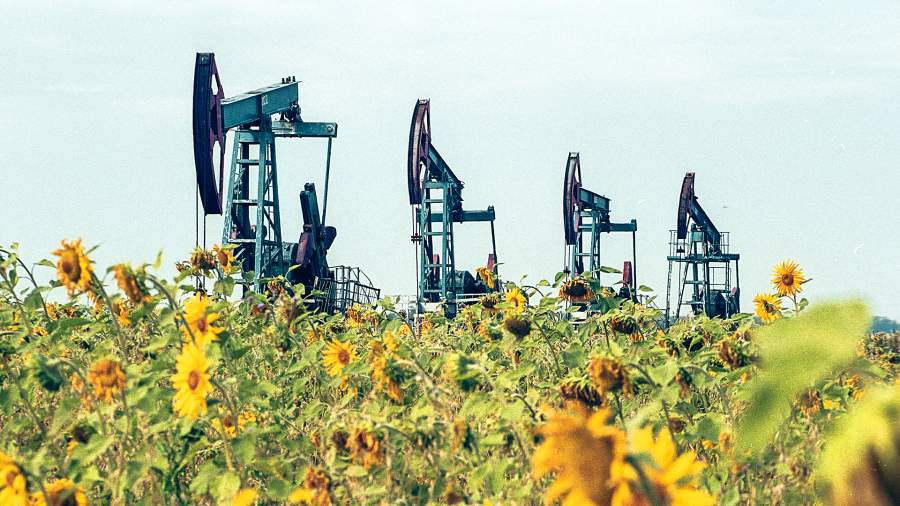Why the Fuel Crisis in Primorye has Escalated
On August 21, the Primorsky Fuel Union (PTS) sent a letter to Deputy Prime Minister Alexander Novak and the Federal Antimonopoly Service. The letter (available to "Izvestia") expresses concern over the disproportion in wholesale and retail prices for AI-92 and AI-95 gasoline on the regional market, as well as a significant decline in sales volumes of these types of fuel from refineries located in the Far East and Eastern Siberia, particularly the Komsomolsk and Angarsk refineries.
As noted in the letter from representatives of the independent retail business in the region, from June 2 to August 20, sales volumes of AI-92 on the St. Petersburg exchange from the Komsomolsk refinery fell by 30%—from 600 to 420 tons, while the price rose by 32% to 93,800 rubles per ton (with railway tariff). From the Angarsk petroleum chemical company, sold volumes decreased by 57%—from 840 to 360 tons, and the price increased by 28.4% to 92,880 rubles per ton.
Regarding AI-95, the sales volumes from the Komsomolsk refinery remained unchanged at 360 tons per day, but the price increased by 31.3% to 97,120 rubles per ton. On the other hand, sales from the Angarsk refinery fell by 25%, from 240 to 180 tons, while prices rose by 30% to 100,800 rubles per ton.
Compared to other regions, fuel supply in the Far East remains significantly lower (the difference in sales volumes compared to plants located in Siberia is five to six times), leading to non-market competition conditions and additional price pressure on independent gas stations, the letter states.
According to the Primorsky Fuel Union, the price disparity (excluding railway tariffs) between the Komsomolsk and Siberian refineries—Omsk and Ufa—amounts to 20.4% and 18% for AI-92, and 14.5% and 11.2% for AI-95, respectively.
Vladimir Chirsikov, President of PTS, notes that the Komsomolsk refinery has the highest exchange prices among all comparable plants, which requires special attention since the fuel market participants in Primorsky Krai are focused on purchases from the Komsomolsk refinery.
He emphasizes that there are currently 295 gas stations operating in the region, 130 of which belong to the Independent Oil and Gas Company (NNK). Edward Khudainatov’s NNK owns the Khabarovsk refinery in the Far East.
According to the PTS president, with the exchange price for AI-92 from the Komsomolsk refinery at 93,820 rubles per ton, the cost of a liter of gasoline should be 69.9 rubles, while at NNK’s gas stations, it is priced at 61.73 rubles. For AI-95, with an exchange price of 97,120 rubles per ton, the liter should cost 72.35 rubles, while at NNK gas stations, it is 62.6 rubles.
"The retail price at independent gas stations should be at least 10 rubles per liter higher than at NNK stations to cover their own costs and avoid operating at a loss. Such a price difference is perceived by consumers as inflated, leading to a loss of customers and reduced sales volumes at independent gas stations," emphasizes Vladimir Chirsikov.
He adds that currently, the price of AI-92 at independent gas stations ranges from 74 to 77 rubles per liter, while AI-95 is priced at 78 to 80 rubles.
The office of Deputy Prime Minister Alexander Novak stated to "Izvestia" that they have not yet received the letters. The Ministry of Energy did not provide an immediate comment.
What Are the Reasons for the Fuel Crisis
A spokesperson for the FAS stated to "Izvestia" that the service is currently analyzing prices at approximately 12,000 gas stations, including those of vertically integrated companies and independent stations, including those in Primorsky Krai.
"In case of detecting violations of antimonopoly legislation, the agency will take responsive measures," they noted.
At the same time, the FAS reminded that they have initiated a case against Gazprom GNP Sales LLC for reducing gasoline sales on the exchange in May-June 2025: AI-92 sales were decreased by 74%, and AI-95 by 50%. Currently, there are four antimonopoly cases being considered in regional offices for unjustified price increases at gas stations.
An industry source mentioned to "Izvestia" that the situation in Primorye is familiar to all representatives of the independent fuel market.
"Firstly, many plants were under repair at the beginning of summer, which is linked to the decrease in sales volumes. In August, four major plants located in the European part of the country suffered greatly from drones. The entire national fuel market operates as a single mechanism. The issue of gasoline shortages is now familiar to all regions. All oil bases in the south are 'dry,'" the source pointed out.
They remind that the price formation at the gas stations of vertically integrated companies operates on the principle of 'inflation minus.'
"The oil producers, at the request of regulators, are trying to maintain prices. Hence the disparity," says the source.
According to the CEO of Open Oil Market, Sergey Tereshkin, the reduction in supply amid rising demand is normal behavior for market-controlling producers.
Tatyana Safonova, CEO of the Independent Analytical Agency for the Oil and Gas Sector (NAANS-Media), recalls that the maintenance schedule for primary oil processing installations included repairs at the Angarsk refinery in August-September and at the Komsomolsk refinery in September.
The average monthly cumulative potential production capacity for gasoline at the Angarsk refinery and the Komsomolsk refinery is estimated to be around 150,000 tons; however, during maintenance, gasoline production can also decline.
At the same time, Tatyana Safonova notes that the need to supply the Far Eastern regions with fuel may lead to a reduction in volumes available on the exchange amid soaring demand for gasoline in other regions of Russia.
What Are the Solutions to the Problem
Last week, at a meeting with Alexander Novak, a decision was made to impose a complete ban on gasoline exports from Russia until the end of September. The volumes of fuel missing in the domestic market will be sourced from Belarusian manufacturers, as reported by "Izvestia."
Olga Spekhova, spokesperson for the Belneftekhim Concern, informed "Izvestia" that petroleum products from Belarusian refineries are constantly presented at exchange auctions for supply to Russia.
"In the second half of August, there has been an increase in interest in supplies of Belarusian petroleum products to the Russian market. The Belarusian side reacts quickly and seeks to meet the growing demand considering economic efficiency," said the representative of Belarusian refineries.
Meanwhile, Natalia Yakovenko, senior managing director for the oil product market and logistics at the St. Petersburg Exchange, informed "Izvestia" that the sales volume of gasoline produced in Belarus did not exceed 1% of the total monthly gasoline sales volume: in January—0.3%, in February-March—0%, in May—0.1%, in June—0.2%, in July—1%, and in August (as of August 20)—0.7%.
According to a market source for "Izvestia," the bulk of the volumes that will enter the Russian market will not appear until mid-September and will be delivered through direct contracts with oil companies. Considering this, the source noted, the fuel market situation will remain challenging throughout Russia until October.
Sergey Tereshkin from Open Oil Market states that the risks of fuel market supply shortages can only be addressed by increasing the standards for exchange sales and implementing penalties for non-compliance. Increasing supply on the exchange must be more profitable than reducing it, the expert asserts.
The simplest and most effective method of regulating gasoline prices is to temporarily reduce the excise tax, which could influence price reductions for consumers while ensuring the efficiency of oil refining enterprises, Tatyana Safonova believes.
"Currently, the excise tax rate on automotive gasoline of the fifth grade is 17,088 rubles per ton, while for diesel fuel, it is 12,120 rubles per ton. This difference is an additional driver of the higher gasoline prices compared to diesel fuel," she reminds.
In turn, the managing partner at VMT Consult, Ekaterina Kosareva, emphasizes that the situation in the Far East needs to be addressed comprehensively, including by expanding capacities and logistical capabilities.
She points out that two projects are currently under development—one in Sakhalin, undertaken by Gazprom, and another in the Khabarovsk region, led by the Independent Oil Company. Earlier, the Federation Council had noted the necessity of constructing a fuel pipeline from the Omsk refinery to the Far East to resolve the region's fuel supply issues, relieve railway routes for coal transport, and enable increased supplies to Asia-Pacific countries, as "Izvestia" reported. However, the Ministry of Energy considered that the capacity of the Omsk refinery would be insufficient for this, and the pipeline would need to be extended westward.
Nonetheless, the fuel pipeline is considerably cheaper compared to transportation by road and rail. At present, the railway tariff from Angarsk to Primorye can reach about 12,000 rubles per ton, concluded Ekaterina Kosareva.
Source: Izvestia


